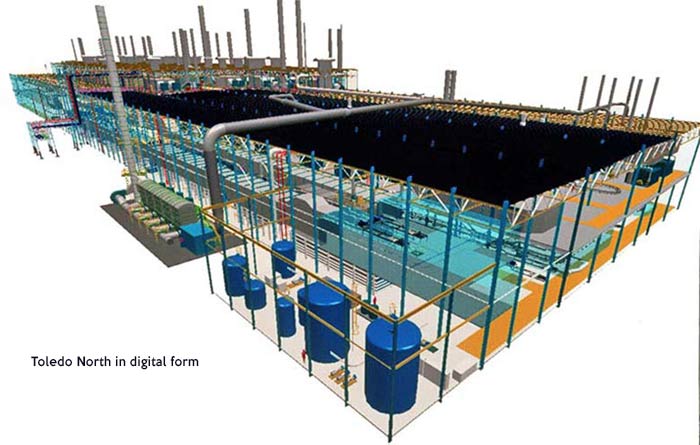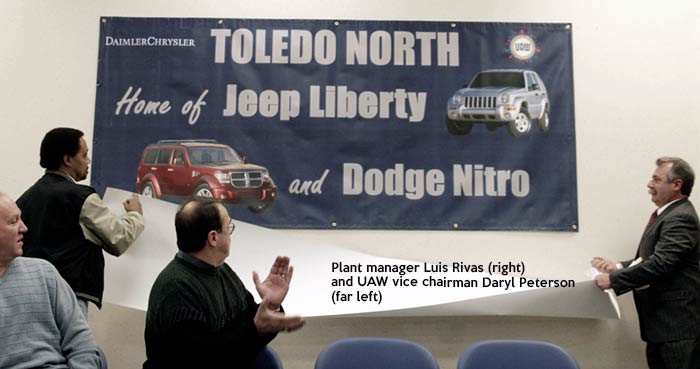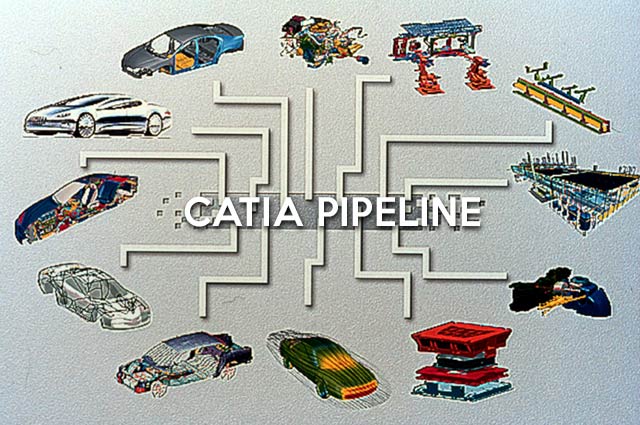Production engineers and architects used to draw up new plants using pen and paper. Inevitably, a person would have to travel in the path of a moving machine, or two robots could collide, or a vehicle might have to turn where it could not. Equipment could be installed in a way that made it impossible to service without moving other gear out of the way. Problems could also crop up when a plant was repurposed, a model length or height was changed, new equipment installed, and so on.

The solution was to do it all on computers. Chrysler was the first company to use computers as automotive design aids; and then it started to model new plants in three dimensions before laying a single brick.
The computerized versions of these plants included people as well as machines, and showed their movements, so Chrysler could spot cases where a machine would hit a wall or another machine, or where a car could not fit around a turn—a surprisingly common issue in the company’s past.
The first Chrysler factory done in software was a new Dodge Dakota plant; it had 21 miles of conveyor and thousands of employees, and all could be modeled. The company ran 600 experiments, simulating over five thousand days of production, before making a single tool.

An associated system, first used by Chrysler in Brazil, had the computer tell suppliers which parts were needed, just in time to get them delivered.
Next up was the Toledo North plant to make Jeep Libertys in Ohio, completely engineered in UGS’ e-VIS. The plant was complicated by lifts to raise and lower vehicles at each station, a system pioneered by Volvo for health and safety as well as productivity and quality. Two hundred workstations came under scrutiny as plant engineers watched virtual cars being assembled; issues with workers obtaining and installing parts could be spotted on the screen instead of on the shop floor, while ergonomic issues could be addressed beforehand.
Construction started in 1997, before the Daimler deal, and completed in 2001. The bill was $54 per square foot, far lower than the usual $75 per square foot; for perspective, it covered over 2 million square feet, and cost $1.2 billion. Nearly three thousand people worked there to build the Jeep Liberty; assembly quality beat Chrysler’s past records.

Daimler-Benz took over Chrysler in 1998, and changed the software for future plants to CATIA version 4—then claimed a global “first” in computer-aided design of a Mercedes plant, as one might expect. But Chrysler had already been there, done that, and saved a good deal of money along the way.
Copyright © 2021-2025 Zatz LLC • Chrysler / Mopar car stories and history.
YouTube • Editorial Guidelines • Videos
Tailfins Archive • MoTales on BlueSky